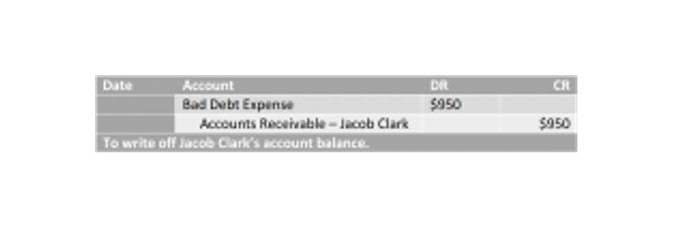
Businesses should carefully consider their specific circumstances and consult with financial professionals when selecting an appropriate method. The latter encompasses all expenses incurred in running a business, including indirect costs like marketing, administrative expenses, and rent for office space. Weight Average Cost is a bit straightforward among the three methods of inventories valuation, and the value of inventories is based on the average cost of inventories over total inventories.
- Creating an asset involves acquiring or producing something that will be used or sold.
- In bookkeeping and financial reporting, the Cost of Goods Sold (COGS) plays a pivotal role in understanding a company’s profitability and tax liability.
- Conversely, an increase in liabilities will be a credit (which is the cause of the corresponding debit in the assets account).
- It doesn’t include indirect costs like sales expenses and distribution.
Gross profit margin

Companies can use periodic or perpetual systems to keep track of their inventory. Although COGS is a relatively dry and dull topic, it’s vital Accounting Periods and Methods for businesses. Not only does it help make pricing decisions, but it also impacts your net income. Whether you’re looking to maximize your bottom line for yourself or are eyeing selling your business in the future, COGS plays an essential role in beefing up your corporate value.
Method One
- However, there are types of labor costs that can be included in COGS, as long as they can be retracted from specific sales.
- On most income statements, cost of goods sold appears beneath sales revenue and before gross profits.
- This approach can lead to unsustainable pricing models and margin compression.
- The cost of goods made or bought adjusts according to changes in inventory.
- The method used to value inventory can influence the calculated COGS.
- For manufacturers, it encapsulates the costs tied to producing finished goods including raw materials and labor.
- At the end of the accounting year the Inventory account is adjusted to the cost of the merchandise that is unsold.
In these cases, the IRS recommends either FIFO or LIFO costing methods. For example, a plumber offers plumbing services but may also have inventory on hand to sell, such as spare parts or pipes. To calculate COGS, the plumber has to combine both the cost of labor and the cost of each part involved in the service. Some service companies may record the cost of goods sold as related to their services. But other service companies—sometimes known as pure service companies—will not record COGS at all.
- It is an expense account appearing on the income statement, directly impacting a company’s profitability.
- With the LIFO cost flow assumption, the latest (or most recent) costs are the first ones to leave inventory and become the cost of goods sold on the income statement.
- However, once the switch is made, a company cannot change back to FIFO.
- By knowing how to calculate COGS, you can better understand the profitability, cash flow, and tax liability of your business.
- Poor assessment of your COGS can impact how much tax you’ll pay or overpay.
Are all business expenses to be considered COGS?

The choice of method can significantly impact a company’s reported profitability and asset value. Uncover where Cost of Goods Sold is actually found on financial statements and its connection to balance sheet elements. Companies that make and sell products or buy and resell goods must calculate COGS to write off the expense.
Components of Cost of Goods Sold

Accounting principles/rules (i.e., GAAP) allow a few different methods for calculating inventory costs that we’ll discuss. Calculating the cost of goods sold rests mainly on the cost of inventory. what is cogs on a balance sheet So how you value stock has a significant impact on your COGS and resulting gross profit. If a company has a COGS of $100,000 and an average inventory of $25,000, its inventory turnover ratio would be 4.
- COGS numbers don’t include the costs of selling your product or administrative expenses.
- That’s right, it’s rubbing shoulders with revenue and expenses, showing you the nitty-gritty of your profitability during a specific period—be it a month, quarter, or year.
- Under the matching principle of accrual accounting, each cost must be recognized in the same period as when the revenue was earned.
- Therefore, the cost of sending the cars to dealerships and the cost of the labor used to sell the car would not be included.
- Cogs is the direct cost of producing or acquiring the goods or services that you sell to your customers.
- This formula shows how the COGS is affected by the changes in the inventory levels of a business.
Practical Examples of COGS Calculation
That’s based on the assumption that https://braingaming.eu/2023/12/12/what-is-record-to-reportr2r-process-steps-and/ newer raw materials and labor have higher costs than older ones. The FIFO valuation method assumes that the oldest inventory (the first in) is sold first (the first out the door). That means that the stock remaining on your shelves at the end of the accounting period is the newest. COGS calculation can be complex and time-consuming, involving numerous factors and potential pitfalls. Miscalculations can lead to inaccurate financial statements, incorrect tax filings, and suboptimal business decisions. If a company has a COGS of $50,000 and a total sales of $100,000, its COGS as a percentage of sales would be 50%.
Leave a Reply